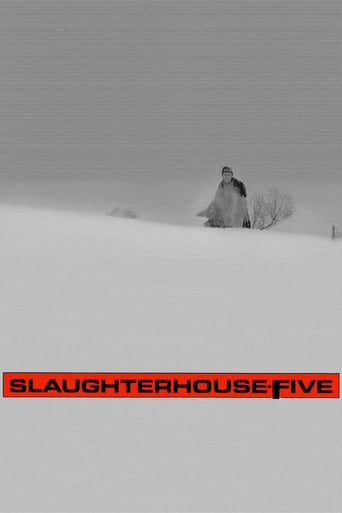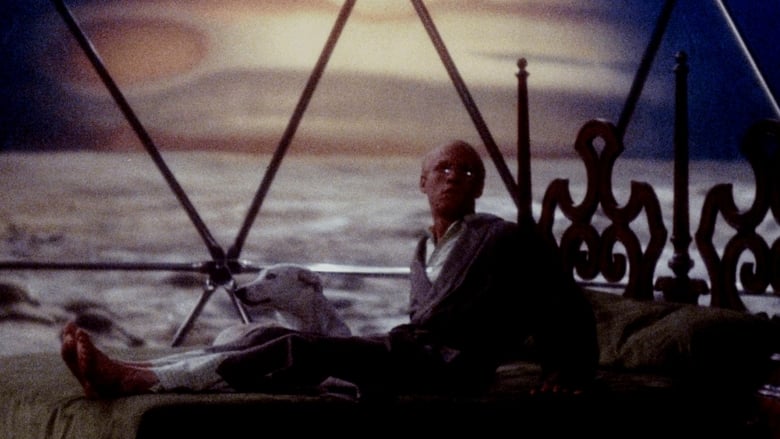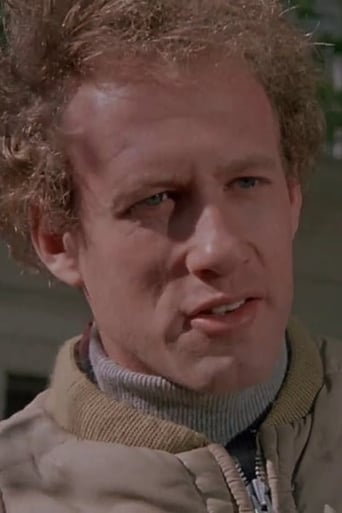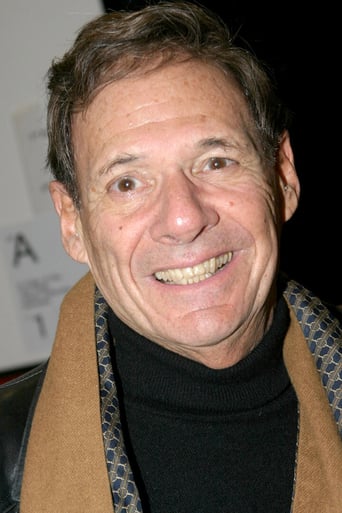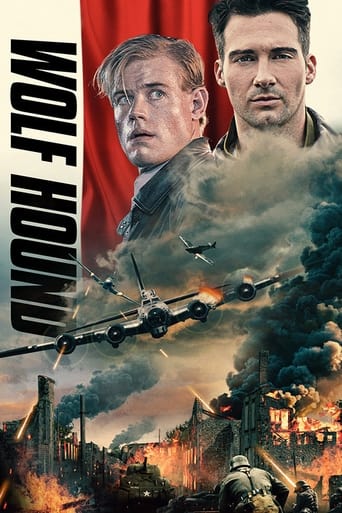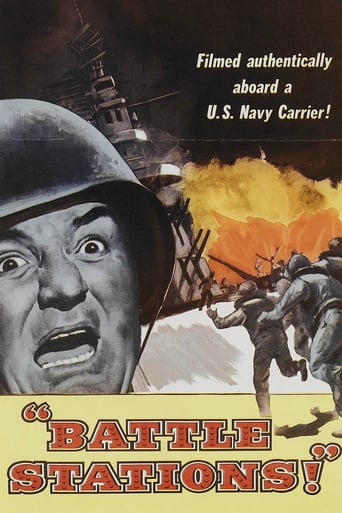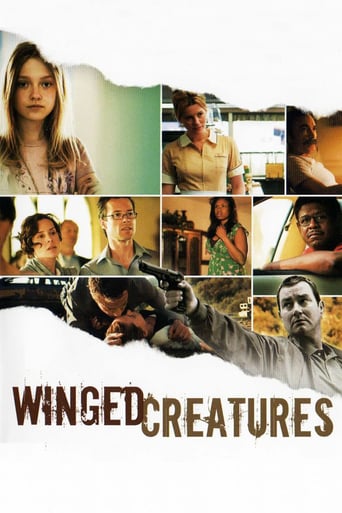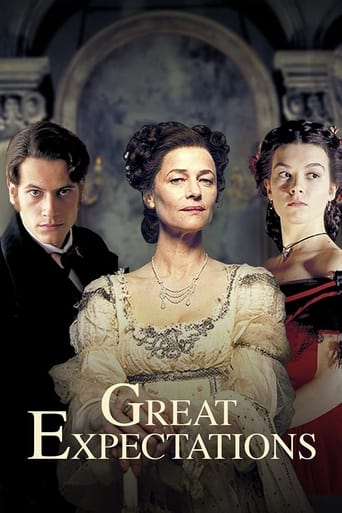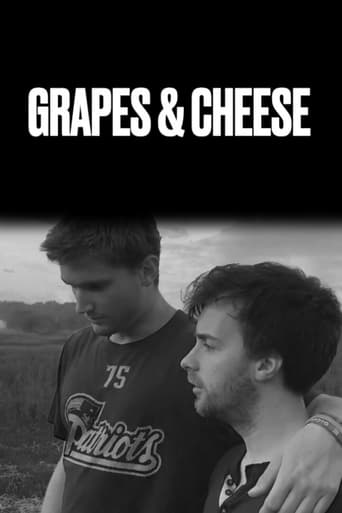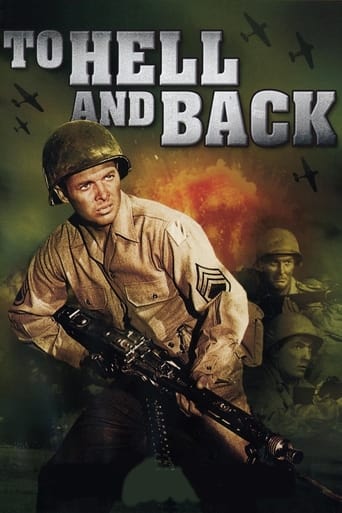Slaughterhouse-Five (1972)
Billy Pilgrim, a veteran of the Second World War, finds himself mysteriously detached from time, so that he is able to travel, without being able to help it, from the days of his childhood to those of his peculiar life on a distant planet called Tralfamadore, passing through his bitter experience as a prisoner of war in the German city of Dresden, over which looms the inevitable shadow of an unspeakable tragedy.
Watch Trailer
Cast


Similar titles
Reviews
I think this is a new genre that they're all sort of working their way through it and haven't got all the kinks worked out yet but it's a genre that works for me.
Excellent but underrated film
A waste of 90 minutes of my life
Although it has its amusing moments, in eneral the plot does not convince.
It might seem a puzzling enterprise to make a comedy out of the Dresden firestorm leaving 135,000 innocents dead, but George Roy Hill actually succeeds with this. It's a marvel of a film, its composition, Glenn Gould providing the music (mainly Bach, of course,) with splendid acting all the way, the hilarious comedy elements actually stressing the tragedies and horrors, and the science fiction element threatening to disturb the character at first but managing even to bring that home. Of course, a Dresden film can't have a happy ending, so George Roy Hill has to find out another method to reach a pleasing conclusion, so he makes up some astonishing artificial fireworks. This is ingenious innovation all the way with considerable hard stuff of realism to digest as well on the way, and at times it is hard to survive some of the ordeals. The truth is, though, that the Dresden chapter was a hundred times worse than what the film catches a glimpse of, and if you want to learn more of the truth there is a number of unendurable documentaries. This film presents the problem and even in an acceptable documentary way while at the same time it's a most enjoyable and admirable film. Anyone must love it.
Adapting literature into film can be one of the most difficult things to do. This is simply because of writings individualistic nature and its ability to appear virtually different amongst each person. Director George Roy Hill has pleasantly done so in his film adaptation of Kurt Vonnegut's reading, "Slaughterhouse-Five". Slaughterhouse-Five follows Billy Pilgrim through his family life, the decimated lands of Germany, and faraway lands of Tralfamadore as he is unwillingly stuck in a loop of time travel for reasons unknown. I have twice read the novel and generated a different image each time. Director, George Roy Hill, has shot a wide variety of films ranging from classic westerns (Butch Cassidy and the Sundance Kid, 1969) to corky sports comedies (Slapshot, 1977). Such diversity in directing films leaves the viewer oblivious of what to expect of the time traveling Billy Pilgrim. You can either expect an action packed glorified movie, a humorous one, or a translation more true to Vonnegut's intents within "The Children's Crusade". Other novels/films I'd fit into the same genre as Slaughterhouse-Five would be Tim O'Brien's, "The things they carried". Though no element of time travel is addressed first hand, its purpose is to show the horrors and atrocities of war, done by allies and enemies. The most astonishing part of the movie was its ability to portray every character exactly how I imagined them. Billy Pilgrim is Gumpy and goofy looking, while Paul Lazarro is the Mobster Mentality Maniac the novel makes him out to be. I noticed they used quotes directly from the book which addressed Billy's similarities to German soldiers in the film. "He's a kraut." Having an active interest in history really helps to find a deeper appreciation within the film. Historical accuracies such as setting, race issues, and the time period are all repeated trends through the course of the film. For example, I truly believed I was following troops through Belgium, Luxembourg, and Germany before learning a majority of the film was shot in Snow- ridden Minnesota. The Dresden scenes were all filmed on location in Prague, Czech Republic which provided a believable European influence to surrounding architecture. The year was 1972 and the films budget was around $3,500,000, essentially they had to work with what was given. This is a factor which I believe separates classic and modern cinematography on scales of positive impression. Another Example I found in the film is the shared hate for the Russians and Communism across all characters. To elaborate, the film truly captures the fear of 'The Red Scare' and growth of communism throughout the long, dragged-on cold war. A scene I felt was rather powerful occurs when the musical Englishmen take in the allied forces for food and care while the Russians watched coldly behind a fence. They are both in Prison camps but only the Russians are being treated as prisoners. This repeat offender is seen again when Michael Campbell Jr. attempts to recruit Billy for the 'Free American Corps' to fight communism. As Billy's son grows he ironically joins the Green Berets to "Fight the communists". In history, interracial infantry units did not exist until the Vietnam War. War Movies such as, The Patriot (2000) and Saving Private Ryan (1998) depict unrealistic comradery between African- American and Anglo-American soldiers. If you are familiar with Kurt Vonnegut, you know his style is abstract and follows no specific formality. He often includes himself in real time as well as characters from completely different stories and novels. Though the overall message of 'war is bad' is captured, there is a lack of Vonnegut himself, no cameos are made. It would make an exciting bit for die hard Vonnegut fans. I would have to side with Vonnegut and say this adaptation is far more than acceptable. It is accurate according to the novel and history. It would be nice to see how Kilgore Trout, the reason behind Billy's spatial thoughts, made him Senile or granted him the ability to time travel. This will forever be locked in the confusing mind of long-lost Vonnegut. 4.5/5
What a weird yet compelling movie, it made me laugh how Juvenalian satire it is about life, death, and the time we have as humans. It doesn't take itself so serious, but the movie is so full of symbolism, imagery, and allegory that not only does the main character Billy Pilgrim (Michael Sacks) feel tripping, but the audience watching this film as well. Slaughterhouse-Five directed by George Roy Hill is based on the Kurt Vonnegut's novel also known as Slaughterhouse Five and the Children's Crusade. Vonnegut loves the film as well calling it a flawless harmonious translation. The entire prologue in which Vonnegut decides to name his story 'The Children's Crusade' is omitted from the film to focus more on the film first-person narrative from the point of view of Billy Pilgrim, who becomes "unstuck in time" and experiences the events of his life in a seemingly random order, such as the alien planet of Tralfamadore, Dresden during World War II, and life in Ilium, New York. The movie jumps around scene by scene between them, which at first doesn't make any sense, until the end. Still it can be a bit confusing, if not paying attention. It's hard to analysis the film as we don't know if Billy is time-tripping or suffering from post traumatic stress disorder due to him having survive two major disasters. The first disaster was surviving the Dresden firebombing by the Allies during the war. The firebombs were meant to destroy German morale. Kurt Vonnegut's slaughterhouse debates if the bombings were right or unmoral. The second is a plane crash that the film suggest cause Billy to lose his mind. The movie like the book is just of series of guesses. The book sequence in the novel where Pilgrim watches a movie about a bombing mission in World War II forward and then backward is also omitted from the film due to time constraints of the film would be nice to see why he thinks he time-trips. Several other elements of the novel are missing from the film. Kilgore Trout is a failed science fiction writer from the novel Breakfast with Champions who Billy meets. His visit with Billy might explain why Billy believes in Tralfamadore and aliens due to his sci-fiction background. Since the film doesn't mention him, the whole Tralfamadore idea comes out of nowhere and seem out of place with the WWII scenes. We the audience learn so much from them about time's relation to the world, as a fourth dimension, and death's indiscriminate nature. Tralfamadorians appear in several Vonnegut novels. Other Vonneguts novel characters are also guest stars in the film like Howard Campbell, Bertram Copeland Rumfoord and Eliot Rosewater with minor roles. Still, the film does keep some of the very interesting characters that made the book famous such as funny manic dog killing Paul Lazzaro, crazy driver wife Valencia Merble, and pornstar Montana Wildhack. The film does well in imagery as in one scene, Billy sees a pornographic film with Montana and later Montana happens to be taken by Tralfamadorian for him to mate with. He might have 'dreams' up Montana being with him due to his sex-less marriage with Valencia. In another scene Billy helps some of his buddies to collect a huge grandfather clock and get buried under the clock. Although the image created by this scene (the pressure of time on Billy Pilgrim) fits nicely into the plot, this part is also not found in the novel. In my opinion it's better than the famous Poo-Tee-Weet bird in the novel. Slaughterhouse-Five debates fate, free will, and the illogical nature of human beings. By naming the unheroic hero Billy Pilgrim, Vonnegut contrasts John Bunyan's "Pilgrim's Progress" with Billy's story. Billy's solution to the problems of the modern world is to "invent a heaven, out of 20th century materials, where Good Technology triumphs over Bad Technology. His scripture is Science Fiction, Man's last, good fantasy". At its heart Slaughterhouse Five is the story of Billy's search for happiness. The film completely shatters the mold of traditional storytelling, and isn't restricted by a beginning, middle and end structure so in a way, it's works for this film. Check it out if u want, and you find yourself pilgrimage throughout your life asking the same thing.
Chances are you may have heard of Slaughterhouse-Five; it's one of the highly-tutted classics of science fiction, penned by the ever-eccentric Kurt Vonnegut. As of this writing, I've never actually read the book, but this movie seems to capture the gist of things. It's a very strange, surrealist story that chronicles a man's life and death through a series of random time-jumps. The man was a prisoner in WWII (and the actual slaughterhouse was his residence), before raising a dysfunctional family afterwards, and then being abducted by aliens. Yep, strange stuff indeed.The film will be most memorable for the rough and dirty war scenes, the sporadic family outbursts, and the scenes on Tralfamadore. Parts of it drag a little, but there's enough interesting scenes to pull the film together and maintain interest, especially for fans of sci-fi, war movies, or bizarre cinema in general.I have no idea how close of an adaptation this movie is to the book, but on its own merits, the film does an interesting job of using its random narrative structure to show the character at the different phases of his life; really, it shows somewhere between three to five different narrative strings at once. Some scenes run into each other, with characters in one timeline finishing off dialogue from another, or scenes mirroring each other so that they're intercut together. It makes the film run as one long and smooth stream of consciousness, while exploring the character's life, memories, and psyche in full. In a way, you probably could interpret this whole film as the memories, memoirs, and dreams of a man who's either mentally insane or dead.If there's anything to complain about, it's just the sheer randomness of the story, for even with its constant focus on the main character, it never settles on any specific plot structure or tangible form.The film has quality photography and really excellent editing. Acting is a bit over-the-top, but it gets the job done really well, and the writing is not bad. This production has fine-looking sets, props, and costumes. Music is not bad either.For bringing a literary classic to life, the film is worthwhile seeing. As random and strange as it is, I'd recommended some caution: rent it and see what you think for yourself.4/5 (Entertainment: Pretty Good | Story: Good | Film: Good)

